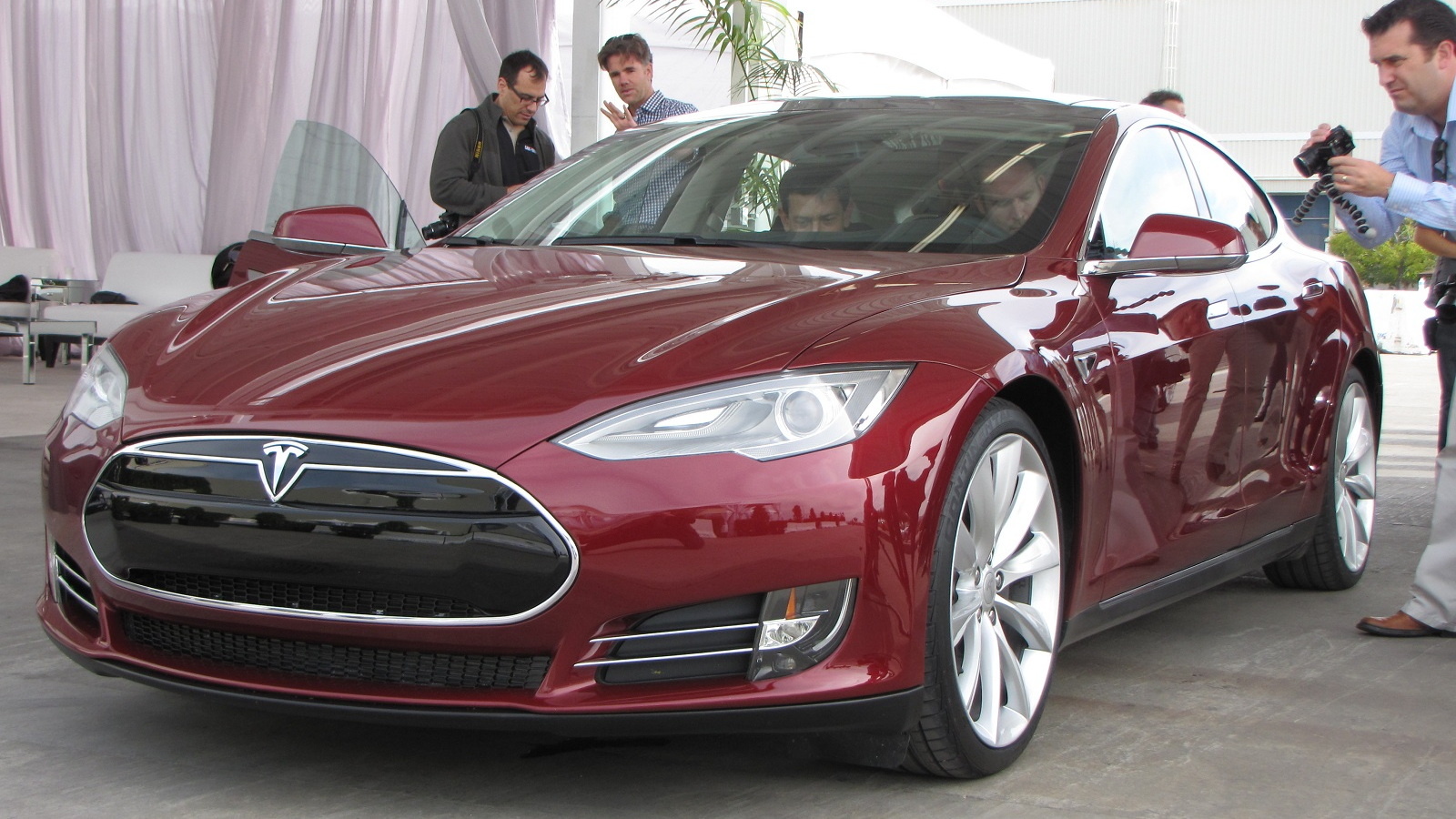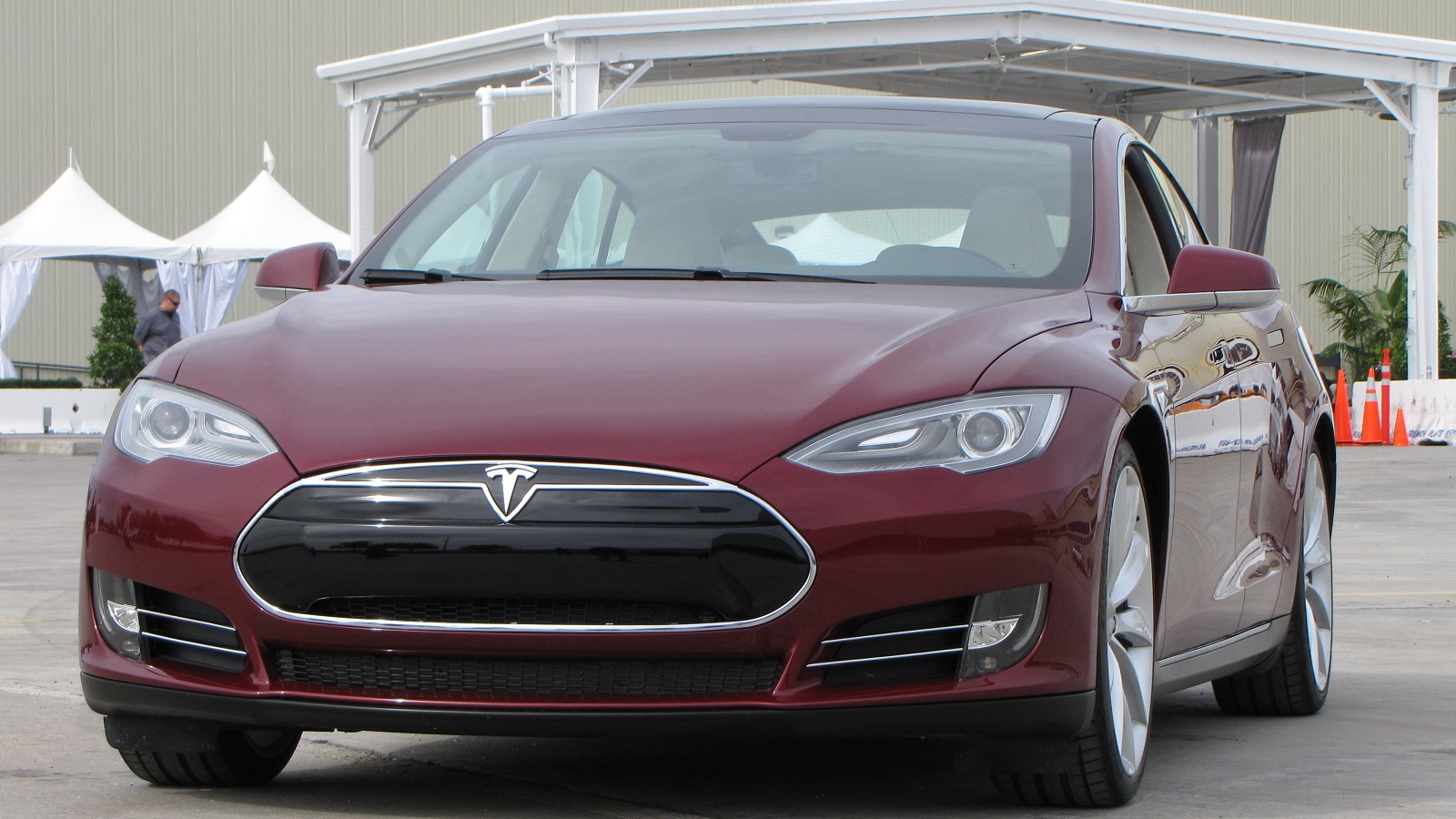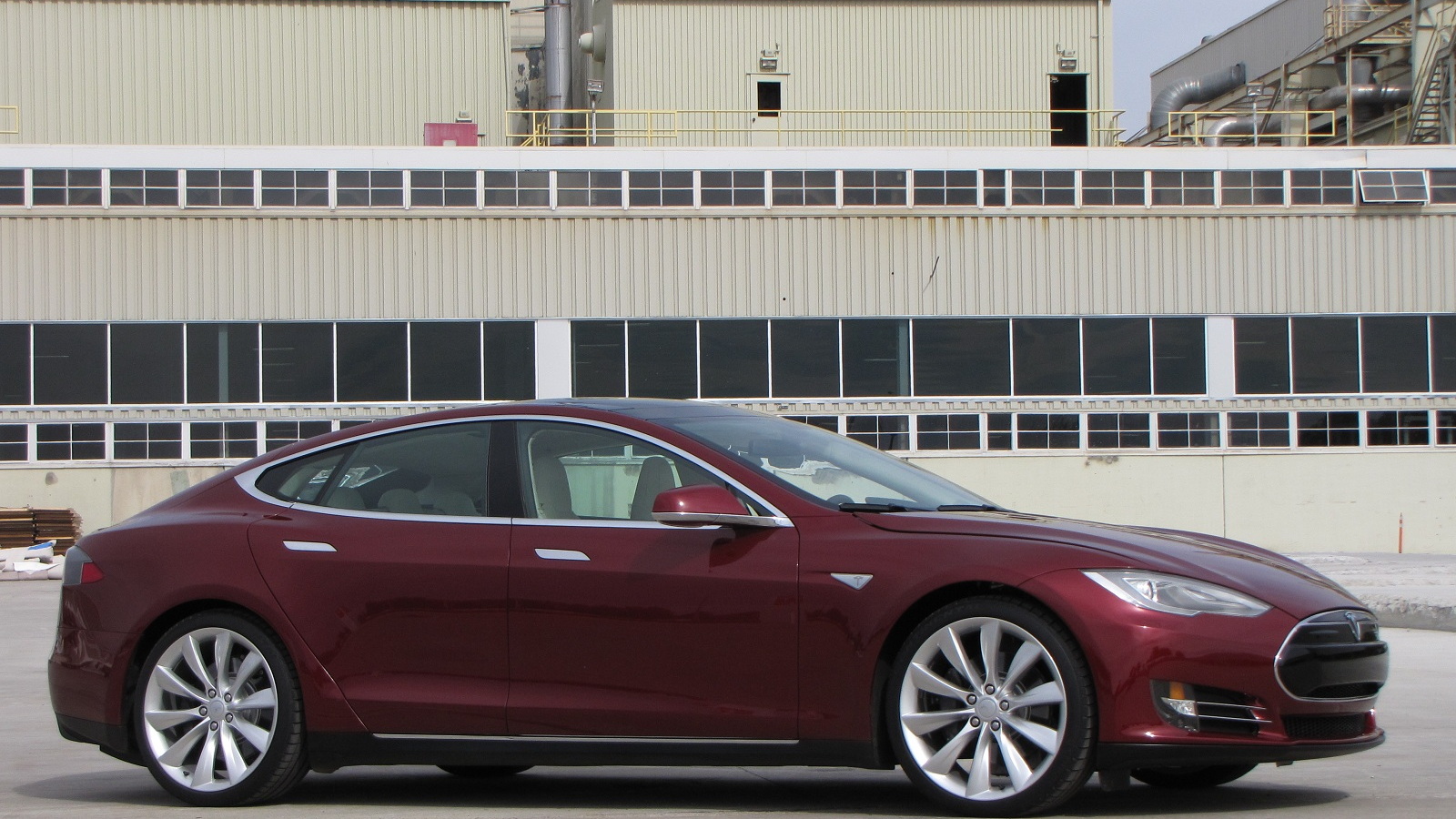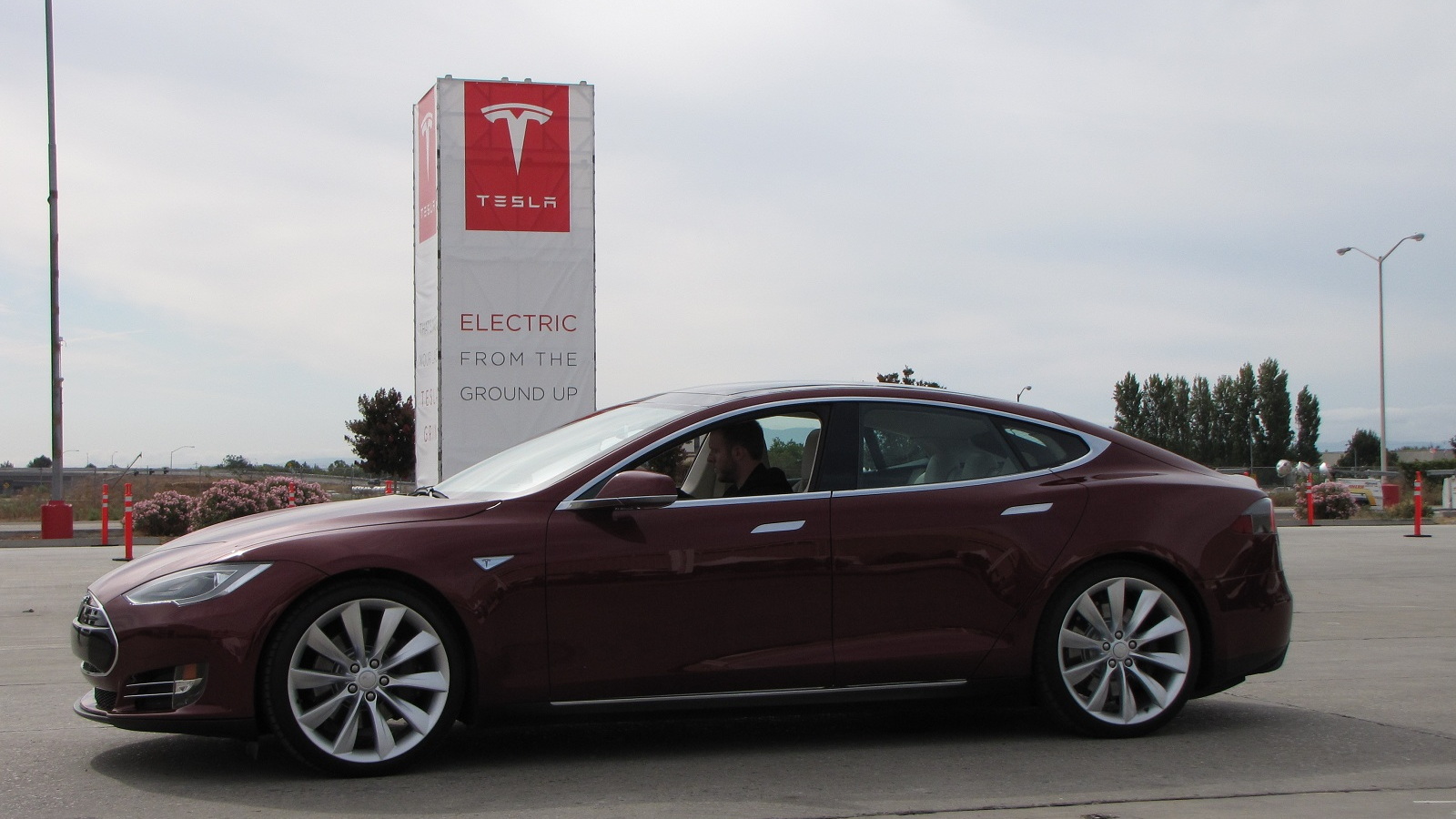The first two 2012 Tesla Model S all-electric sport sedans to roll off the Tesla production line last month were shipped to Chicago, where they're presumably now tooling around in the Midwest's record-setting summer heat.
But how will the cars' impressive EPA range of 268 miles hold up six months from now, when the Windy City turns bitterly cold?
For now, Tesla Motors [NSDQ:TSLA] isn't answering that question. A company spokesperson told us that "we're not yet fully ready to discuss" the car's range in seriously cold weather.
Tesla's range-calculator program (available at its retail stores, but not yet on its website) offers some hints--but it only goes down to a temperature of 32 degrees. That's fine for the lucky folks in California, but for many of us, 32 degrees in January would be a heat wave.
For a variety of reasons, electric cars suffer a significant loss of range in cold weather. When the temperature hits the teens, my Chevy Volt's summer range of 40-plus miles drops to about 25 miles--a loss of 40 percent. Nissan Leaf owners report similar numbers.
Will the Model S suffer the same fate, or does Tesla know something that Nissan and Chevy don't?
For me, that's not just an academic question. I'm Model S owner number P 717, hoping to take delivery late this year.
I'm currently debating between the basic 40-kWh battery pack (good for 160 miles) and the $10,000-more-expensive 60-kWh battery, good for 230 miles. Those range estimates are both Tesla numbers; the official EPA ratings for range on those two battery-pack capacities have yet to be announced.
My minimum travel requirement is to New York City and back without recharging, which is about 120 miles. At first, I assumed the 160-mile battery would be enough.
But after living through a winter with the Volt, I'm not so sure. If the Model S suffers the same 40-percent loss as the Volt, I'm looking at a cold-weather range of 100 miles--which would leave me stranded somewhere on the Palisades Parkway in New Jersey or lower New York state.
So the $10,000 question becomes: In seriously cold weather, will the 2012 Tesla Model S suffer range losses similar to those of the Volt and Leaf?
A few months ago, Elon Musk assured me in a personal e-mail that "we are probably closer to a 20-percent drop than a 40-percent drop." (Pretty cool that the CEO will respond in two hours to a customer query out of the blue.)
A blog on Tesla's website by Musk and company CTO J.B. Straubel says that under "very cold" conditions, range at 55 mph may be reduced by 10 to 15 percent.
Tesla's Model S range calculator, which I tried out in the Tesla store in White Plains, New York, predicts a loss of about 8 percent at 50 degrees and 15 percent at 32 degrees. But that's as low as it goes.
![2012 Tesla Model S display screen [Photo: Flickr user jurvetson] 2012 Tesla Model S display screen [Photo: Flickr user jurvetson]](https://images.hgmsites.net/lrg/2012-tesla-model-s-display-screen-photo-flickr-user-jurvetson_100393720_l.jpg)
2012 Tesla Model S display screen [Photo: Flickr user jurvetson]
If we extrapolate that curve (actually, it's a straight line) down to 17 degrees, we get a range loss of 21 percent--only about half that of the Volt. Take the curve down to 0 degrees, and we have a 27 percent loss--giving a range of about 118 miles on the 40-kWh, "160-mile" battery.
But how accurate is that extrapolation? I'd rather make my $10,000 decision on the basis of real-world testing and experience. And at the moment, almost none of that is publicly available.
According to Tesla's range calculator, cabin heating causes most of the Model S range loss in cold weather. At 55 mph, the model I'm considering has a range of 170 miles at the ideal 70 degrees.
When the temperature drops to freezing, that range goes down to 145 miles. But if you're willing to turn off the heater, range jumps back up to 162 miles.
So what do you think? Should I pony up the extra $10,000 for the bigger battery? Or just bundle up for my winter trips to New York City? Or, maybe just burn some gasoline in the Volt?
Leave me your thoughts in the Comments below.
David Noland is a Tesla Model S reservation holder and freelance writer who lives north of New York City. This is his first article for High Gear Media.
+++++++++++

















